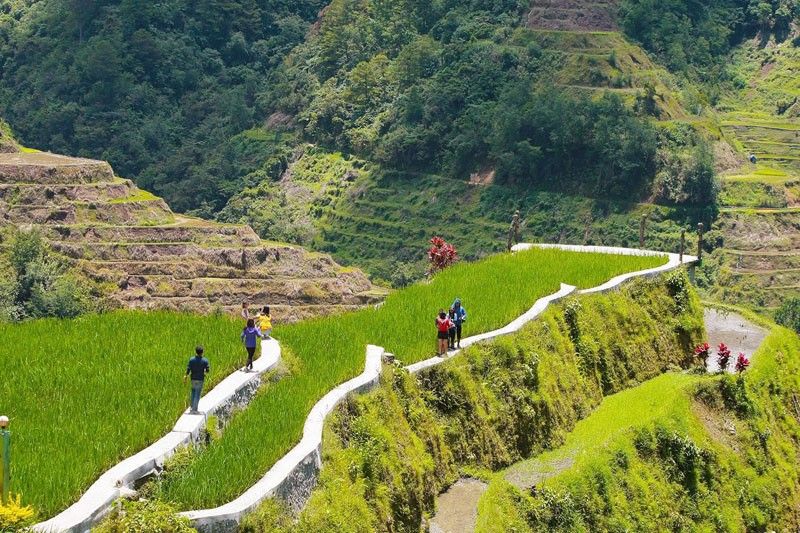Rice terraces in critical state – FAO

IFUGAO, Philippines — The Ifugao Rice Terraces are now in a critical stage of deterioration and do not allow the local communities to overcome the poverty line, according to the United Nations Food and Agricultural Organization (FAO).
The Ifugao Rice Terraces are classified as a Globally Important Agricultural Heritage System (GIAHS) and a UNESCO World Heritage Site.
The GIAHS is a program of the FAO, founded as a UN partnership initiative for sustainable development in 2002. It aims to identify, support and safeguard globally important agricultural heritage systems and their livelihoods, agricultural and associated biodiversity, knowledge systems, cultures and landscapes around the world.
The GIAHS sites are not living museums, but places where people practice “dynamic conservation.”
They retain the best of the past to build a sustainable future.
“The continued survival of the terraces is threatened by various factors such as environmental degradation, unregulated development and neglect brought about by urbanization and changing values,” the FAO said.
Over the last century, the Ifugao Rice Terraces had been self-sufficient in food, timber and water because of an organization of the landscape divided into five components, including woodlot and communal forest, swidden farms, rice terraces, settlement areas and water bodies, and irrigation systems.
“This system is an example of adaptation of the local communities to the environment,” the agency said.
The Ifugao Rice Terraces have shaped a characteristic landscape in the mountains between 800 and 1,500 meters. They were previously forested areas while others were presumably grasslands. It is the availability of water, however, that dictates the Ifugaos to build terraces and allowed them to create this system.
Home to a remarkably sophisticated system of livelihood and landscape management, the terraces are fed by an ancient irrigation system from the rainforests above them.
The rice terraces, recognized as a UN Educational, Scientific and Cultural Organization World Heritage site since 1995, are a feat of engineering ingenuity carved into the mountains by ancestors of the indigenous people approximately 2,000 years ago.
- Latest
- Trending































